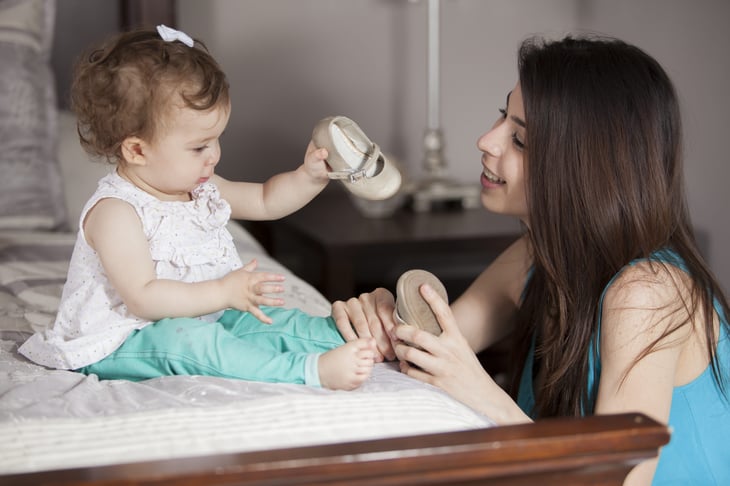
Americans love to buy, buy, buy. How else can you explain things like Etsy, subscription boxes and the Apple Watch?
Often, the products seem like such a good idea at the time: “If I had an ice-cream maker/bread machine/doughnut baker, I would save so much money!”
Generally, though, such things get used once or twice and then end up at Goodwill.
We can’t fix your previous shopping mistakes. However, we can help prevent additional buyer’s remorse — or at least many occasions of it. Read on, don’t buy and save yourself a lot of money.
1. Poo-Pourri

The product is a mixture of essential oils that you spritz into the toilet before taking a seat. The idea is that Poo-Pourri prevents you from embarrassing yourself or inconveniencing others with a bad odor.
But this stuff is expensive ($9.95 and up) and a total waste of money. That’s because the same pocket or bag that holds the little spray bottle will also hold something you can generally get for free to address the smell: a book of matches.
Better yet, make your own Poo-Pourri-like stuff for a fraction of the price.” Learn how here: “Why ‘Poo-Pourri’ Stinks: You Can DIY It For Less.”
2. Cable television
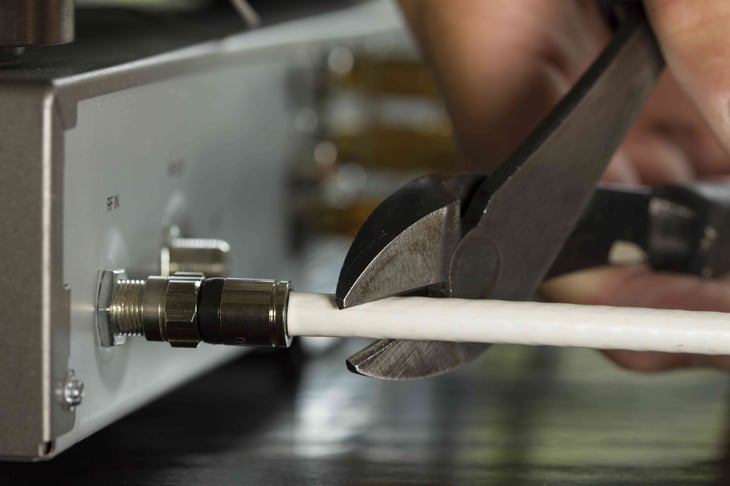
With all the streaming options , why are you still tethered to an expensive utility like cable TV?
The options are endless: Choices include:
Plus, there are digital antennas you can purchase that let you catch local broadcast channels. So much entertainment, at so little cost.
3. Baby shoes

Infants don’t walk. So, why spend a ton of money on unnecessary footwear?
Yes, we know that those miniature Mary Janes and teeny-tiny tennis shoes are just so cuuuuute. Still pointless, though.
If you really love your baby, put the money you would have spent on infant wingtips into a college savings plan.
Seriously: No one cares what your kid has on his feet.
4. Sandwich bags and lunch bags
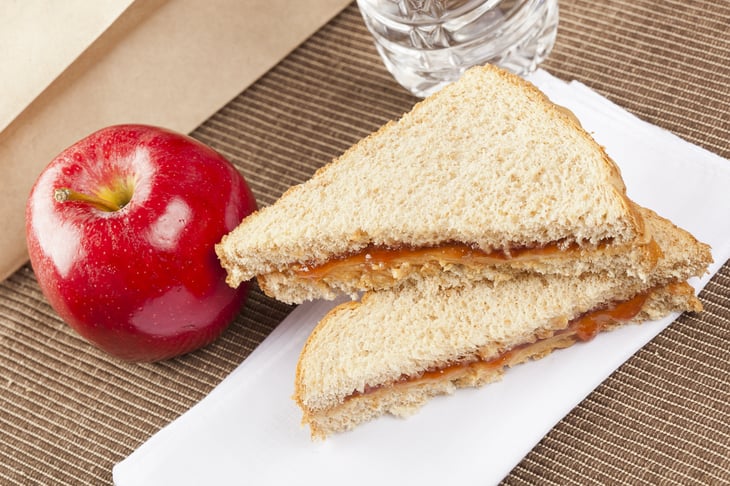
Are you using and tossing sandwich bags and lunch bags every day? What a waste.
Instead, get yourself a reusable lunch bag or a cool lunch box. It’ll hold your sandwiches (or your salads) for darn-near-ever, and you’ll throw far fewer bits of plastic into the landfill.
No reason in the world to buy and toss lunch bags, either. Just purchase a lunchbox or tote your PB&Js in whatever bag you have around the house.
5. Credit monitoring

The by-now-familiar breaches of consumers’ data strike fear in many hearts. And that panic sounds like dollar signs to the companies that sell credit monitoring services.
Don’t go there, advises Money Talks News founder Stacy Johnson:
“Monitoring your credit is marketed as if it’s a burglar alarm that keeps bad guys out. But what it more closely resembles is an alarm that’s tripped as the bad guys are leaving,” he says. “By definition, credit monitoring can only monitor transactions that have already occurred. What you want is to prevent them from happening in the first place.”
6. Greeting cards

It’s hard to get out of a card store without spending at least $3.50 per card. And there’s a card for every occasion: birthday, anniversary, Christmas, Hanukkah, Kwanzaa, Easter, Thanksgiving, first Communion, quinceañera, confirmation, graduation — and even, heaven help us, Halloween and St. Patrick’s Day.
E-cards are free. Pen and paper are cheap. If you’re determined to send cards, buy them at discount drugstores and department stores that sell boxed sets; you’ll wind up paying about 30 cents per card. Or buy cards at the dollar store, where they’ll probably be two for a buck.
Also, check thrift stores and second-hand shops.
7. Expensive wedding dress

The average wedding dress costs $1,600 (including alterations), according to The Knot.
Averages are deceiving, of course. You might pay as little as $250 for an off-the-rack wedding dress. But you could also pay anywhere from $2,500 to $25,000.
All that money for something you wear once? Dumb. And please don’t tell us that your daughter and maybe your granddaughter will proudly wear the same dress. First of all, they might very well want their own overpriced frocks. Second, $25,000 ÷ the three of you = still dumb.
You don’t have to break the bank to say “I do.” For more than a dozen frugal hacks, see “How to Pay Less for a Wedding Dress.”
8. DVDs

Really, do you ever watch DVDs? Why buy them when you can get new releases from the library or find them on streaming services such as Netflix, Amazon Prime Video and Hulu.
If one-time rentals are the better route for you, Vudu and Redbox — and Amazon Prime Video, again — are ways to stream one-time movie rentals.
9. Premium gasoline

The pricier petrol option is almost certainly unnecessary. Even if your owner’s manual recommends premium gas, “the car will typically run on regular without issue and won’t damage the engine in any way,” writes Jason Kavanaugh at Edmunds.com.
He notes that drivers used to buy premium now and then to “clean” their engines. But every formulation of today’s fuels has additives in place — no cleaning necessary.
Does your vehicle need premium? Read the owner’s manual and note whether it is just recommended or truly required.
AAA says premium typically isn’t worth the cost in cases where premium gas is only recommended.
10. Cleaning rags
Shop rags, floor rags — whatever you call them, they’re a waste of your cash.
Instead of throwing away worn-out sheets, T-shirts, blouses and towels, cut them up and use them for house cleaning and any messy garage or shop-related chores.
Some people like having a roll of paper towels on hand. If this is you, a few homemade rags can make your paper towels last and last. Read “How I Make a Roll of Paper Towels Last All Year.”
Pro tip: Before cutting up an old shirt or blouse, remove and save the buttons — no need to buy those, either.
11. Instant microwaveable rice
We’re not talking Minute Rice, here, but rather precooked grain in a package. Put it in the microwave and a few seconds later you have a half-cup or so of white, brown or jasmine rice. The cost of one of these convenience products can work out to around $5 a pound.
Rice is one of the world’s easiest things to make: Bring a 2-to-1 ratio of water and rice to a boil, reduce heat to barely simmering and cook until all the water is absorbed. Depending on where you buy the rice (supermarket, ethnic market, dollar store, warehouse club) you’ll pay less, and often a lot less.
Too slow? Fine. Here’s the right way to do instant microwaveable rice: Cook a few cups of the stuff and apportion it among small containers or food storage bags, then freeze it. It’s ready to nuke whenever you need it.
Store uncooked rice safely at 40 degrees Fahrenheit or cooler in a sealed, oxygen-free container. It’s one of our tips in “11 Foods That Can Keep for Years.”
12. Gym memberships

But you’ll totally use it! So, it’s totally worth the price!
Sure — if you actually follow through on that promise. But millions of us sign up for gym memberships every year, work out religiously for a few weeks, and then suddenly give up, never to return.
Instead of plunking down cash that will disappear into the land of, “I’m absolutely going to the gym this week,” check out these other ways to get fit.
Or, if you are determined to use a gym, see “8 Ways to Save on a Gym Membership.”
13. Bottled water
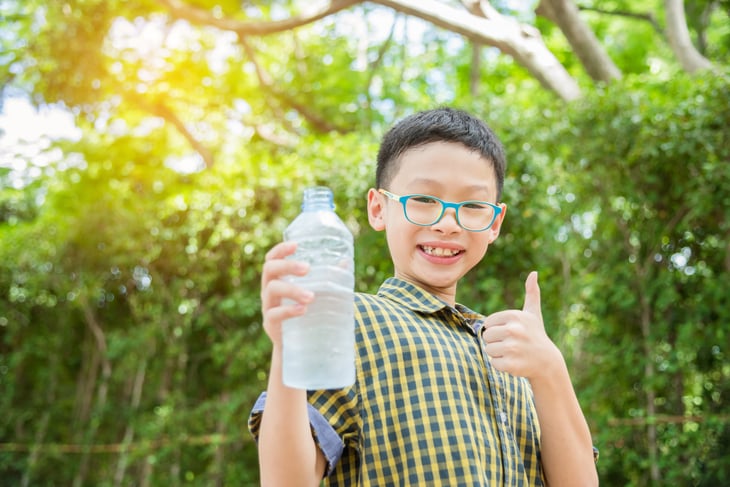
One report found that 64% of bottled agua is actually tap water. Sure, it’s treated and filtered. But it’s still tap water.
If you’re bugged by weird-tasting H2O, treat it yourself. Buy a water filter and fill a reusable bottle with your filtered water.
Do your wallet a favor and skip the bottled stuff. You’ll be doing the planet a favor, too, since all those plastic bottles are going to take hundreds of years to decompose.
14. Keurig cleaners

Yes: A cleaning solution for those single-serve coffee makers is now being marketed.
A friend was shopping when an elderly man asked for help with the directions on a $13 bottle of Keurig cleaner. Should he use the entire bottle, all at once?
Yes, she said, and no: “I told him to go find the vinegar aisle and try that first.”
Don’t waste your money on a special cleaner. Take our friend’s advice and use vinegar, which is magic. (It works on multi-cup coffee makers, too.)
15. Disposable hand towels

Paper towels for the home — a triumph of marketing. And just what we do not need: Another thing to pay for over and over, versus cloth hand towels that last for years and years.
We wash our hands of this one. Just as with item No. 10 on this list — cleaning rags — you can do better by using standard towels and washing them when they get dirty.
16. Name-brand OTC meds
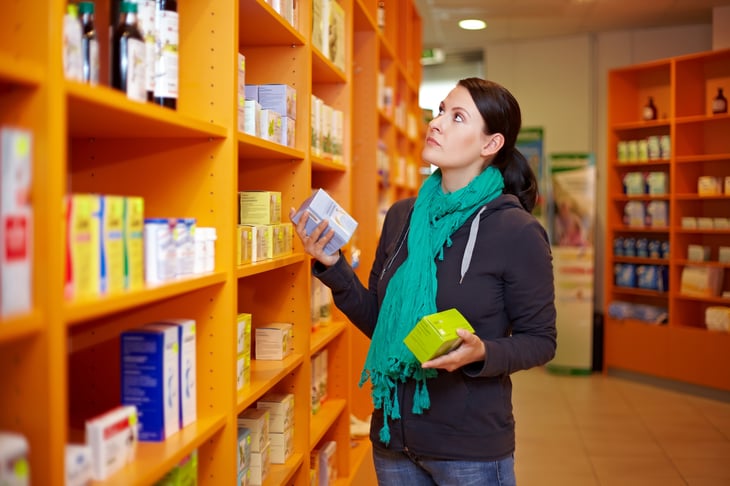
The best deal on over-the-counter drugs is the house brand medicine from warehouse stores. I paid less for a year’s worth of not-Zyrtec from Costco than I’d pay for a month’s worth at the drugstore.
Not a warehouse club member? Get the chain drugstore or discount department store brand, then. If you aren’t sure what’s what, talk to a pharmacist.
Note: You might get the name brand cheaper by signing up for Honey, a free online service that automatically finds and applies coupons to your purchase.
17. Ringtones

Your phone has a ringtone already, or maybe more than one. Use it.
It’s that simple.
18. Electric can openers
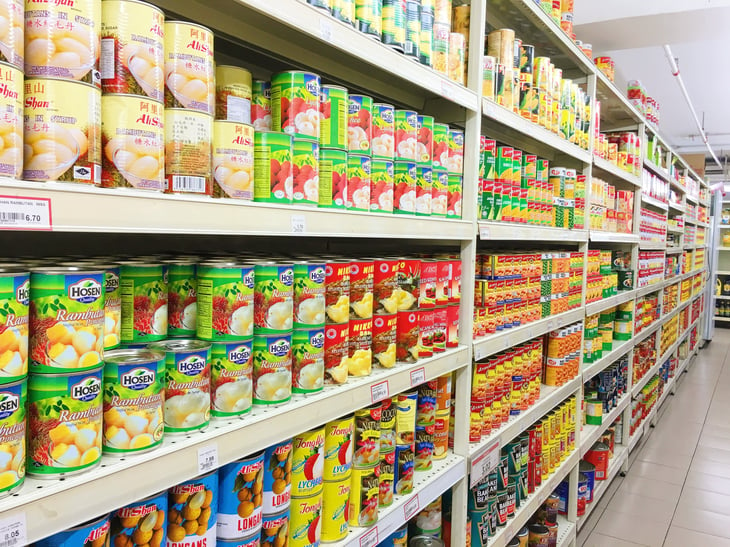
If you’ve got a medical condition that prevents you from using a crank-type opener, then it makes sense to get a power-driven model. The rest of us can probably get by without yet another appliance.
Some manufacturers, such as Kuhn and Oxo, have manual openers so easy to use they practically operate themselves. They store neatly in kitchen drawers, too, versus joining all those other appliances (bread machine, food processor, coffee grinder, etc.) cluttering up countertops.
Even if you insist on an electric can opener, you should always have a crank-type model as well. Otherwise, you’ll have trouble opening those emergency rations come the next ice storm, earthquake or hurricane.
19. Prewashed potatoes

Hand to God, people buy these things: potatoes, scrubbed and wrapped in plastic, ready to be microwaved.
Watch for them next time you’re in the produce section of the supermarket. Check their cost against that week’s price for baking potatoes or sweet potatoes. (Hint: They cost a lot more.)
Sure, we sometimes pay a price for convenience. But how hard is it to wash a spud?
20. Cereal ‘toddler packs’
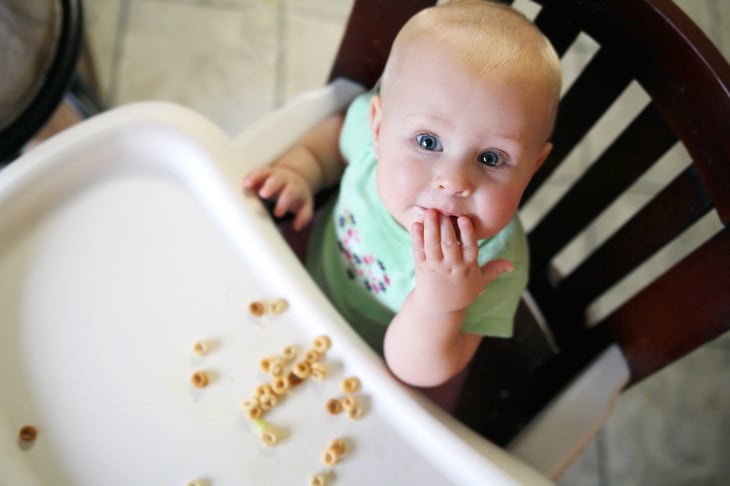
While doing a magazine article about food dollars, I wrote about a 1-ounce container of Cheerios. The math worked out to $27.50 per pound for the American toddler’s favorite nibbles.
My guess is that the cost hasn’t gone down since then.
Oh, but the container is so easy for kids to hold onto in the car! the marketers say. Here’s something else that’s easy to hold onto: a sippy cup. Fill one with Cheerios, or generic Cheerios, or whatever cereal your wee one prefers.
That way you’ll hold on to something, too: your hard-earned dollars.
21. Fancy bath salts

Bath products are big, big business. Here’s a fun fact about most bath salts: They’re actually Epsom salt.
Yes, plain old Epsom salt, the kind the coach used to recommend after a vigorous practice. Dressed up with fragrance and color and placed in frou-frou jars tied with decorative ribbons, they don’t provide any more benefits than the unadorned sodium crystals.
Want a bath-time “experience” at a fraction of the cost? Go on Pinterest and look for DIY bath salts.
Or use this recipe from the Epsom Salt Council: Mix 2 cups of Epsom salt with a few drops of fragrance. Add half a teaspoon of glycerin and a few drops of food coloring, if desired. Mix thoroughly, then store in an airtight container.
Rubber duckies are optional.
22. Detoxes and cleanses

Follow this “detoxifying” diet or that “cleansing” procedure, and you’ll be miraculously thin! Or miraculously healed, according to the folks who tout regimens they claim will cure everything from gallstones to puppy love.
Hang on to your money, folks. According to the Mayo Clinic, there is little evidence that a “detox diet” will eliminate toxins. Our kidneys and livers do a pretty good job of that all by themselves.
The reason you might feel better afterward is that you’ve probably given up (temporarily) highly processed foods that are loaded with sugar and solid fats.
Some of these regimens, especially restricted diets and “cleanses,” can have unpleasant or even dangerous side effects, including but not limited to bloating, nausea, cramping, vomiting and dehydration.
23. Scented cat litter
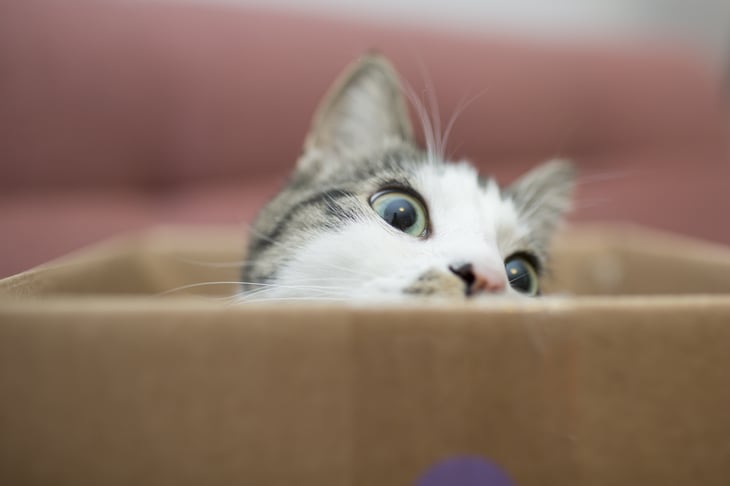
This product won’t prevent the problem of pet waste odor. It’ll just make the poop and piddle smell like scented poop and piddle.
According to the ASPCA, most felines prefer unscented, clumping products. If your pet doesn’t like the scented kind, he may start to, um, think outside the box. A cat may also develop allergies because of the fragrance.
Stay away from the perfume-y stuff. Go with unscented litter, and scoop the box frequently.
24. Shopping cart covers

Shopping cart covers are made to provide a cootie-free barrier between your baby and the shopping cart seat.
Some caution probably should be observed. After all, a shopper with a bad cold — or worse, COVID-19 — might have used the cart just before you plopped your baby into the seat. But rather than spend as much as $60 on a cart cover, use those antiseptic wipes that stores provide at the door.
25. Pet costumes

It’s sad that this is even an issue. But it is. A few years back, a National Retail Federation survey found that 18% of Halloween celebrants planned to dress their pets in a Halloween costume.
Don’t turn your pet into a lion or Luke Skywalker. Your wallet will thank you. So would your pet, if that puppy or kitty could talk.
26. Most super-specialized kitchen gadgets

We’d never deny the need for a few good knives. Take a quick look at a bridal registry or a housewares catalog or store, though, and you’ll see that marketers have lost their ever-lovin’ minds.
Banana slicer. Cookie dough scoop. Egg cracker. Oven-rack pullers. Avocado knives. Pizza scissors and herb scissors. Battery-operated flour sifter. Pepper corer. The “world’s fastest bottle opener.” (Gosh, whatever will you do with all those extra fractions of seconds of your life you get back?)
27. Birthday party goodie bags

Do away with those sacks of gimcracks! There’s tremendous pressure to provide bags of treats for each guest, but who really needs more little plastic toys that will break within hours, if not minutes?
Expect pushback. Children have been socialized to expect handouts, and they might not be shy about expressing their disappointment. Just have a calm response ready, such as, “We think it’s important not to buy so much plastic stuff that will just end up in the landfill.”
It’s a good idea to let the guests’ parents know in advance that there won’t be any to-go treats. They’ll probably be relieved not to have yet another batch of junk brought home.
28. Teeth flossers with handles
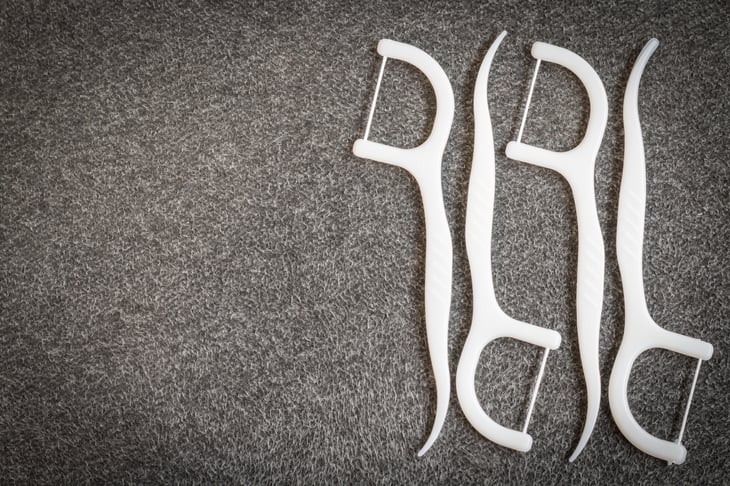
The regular floss that comes in rolls is sooo much cheaper. Don’t bother with the disposable ones with handles unless it’s to teach your toddlers how to floss. Then, graduate him or her to “big-kid” flossing later on.
You get green points for throwing away less plastic, too.
29. Cardboard boxes

Some people pay for moving boxes, shipping boxes, businesslike “banker’s boxes” or storage cartons printed in decorative hues.
But why would you buy boxes when you can get free ones at supermarkets, pharmacies, office-supply places and liquor stores?
Pro tips:
- Check the mixed paper and cardboard bins at the recycling center. You’ll find boxes of every shape and size.
- Any workplace that has printers and/or copy machines likely tosses out perfectly good boxes with lids.
- At the supermarket, politely ask if there are any “apple boxes.” These super-sturdy numbers are great for long-term storage.
- Liquor boxes are great, too — after all, they protect bottles from breakage during shipping. I’m storing stuff in a liquor box that’s 41 years old. But don’t use these for shipping; any labeling or branding on a box that indicates it could carry alcohol (among other prohibited items) could lead the U.S. Postal Service to deny shipment.
30. Baby-food makers

Companies such as Cuisinart and Baby Brezza have created machines ($100 and up) to strain Junior’s peaches and green beans. There’s even a coffeemaker-like machine that mixes baby formula.
Please. The blender or food processor you already own will do the same thing, and so will an artfully wielded fork.
Pro tip: Cook up a bunch of veggies, fruits and meats, blend/process them and freeze the food in dabs on cookie sheets. Store the frozen kiddie cuisine in containers or bags for the next month’s worth of meals.
31. Snuggies

Not so long ago, Americans couldn’t seem to get enough of a bizarre garment sold in TV ads called the “Snuggie” — essentially, a blanket with sleeves.
When a colleague found this would be included in the article, she responded with dismay: “I love my Snuggie!”
I love my Snuggie, too, except that it isn’t a Snuggie. It’s called a bathrobe. Should I want it to be a Snuggie, I’ll put it on backward. I suggest you do the same.
32. Just about anything with the ‘As Seen on TV’ logo

See “Snuggies,” the previous item.
33. Elementary school yearbooks

In these days of desktop publishing, just about anybody can put out a yearbook. And apparently, just about everybody does.
Imagine buying a yearbook every year. That’s seven publications before Junior even hits middle school.
Are your teenage children really going to care about pictures of themselves finger-painting, playing soccer and attending the science fair? Almost certainly not.
And if the kids plead for these fripperies? Tell them, “Sure! Go ahead! As long as you pay with your own money.”
34. Turkey fryer

Want to waste some money? Spend $80 to $100 (or more) for a deep-fat fryer! But don’t stop there: You also need to factor in the cost of the gallons of vegetable oil plus the propane to fire it up.
Maybe some of you really are using your turkey fryers, year after year. For most people, though, it probably stays in the garage — right next to the ice cream maker, doughnut baker, bread machine and all the other products that seemed so wonderful at the point of purchase.
35. ‘Artisanal’ booze

That small batch of artisanal liquor for which you pay a premium might not actually be produced in-house. That’s because startup distilleries need years to age their alcohol properly. Until it’s ready to sell, they source their booze from elsewhere.
In other words, when you think you’re buying a feisty, independent spirit cooked up by a feisty, independent distiller, you might actually be getting mass-produced hooch from Indiana.
Here’s a tip: Find out how long the company has been in business and compare that with the age of the alcohol. A distillery that popped its first cork two years ago can’t possibly be selling its own 5-year-old spirits.
36. Pre-cut produce
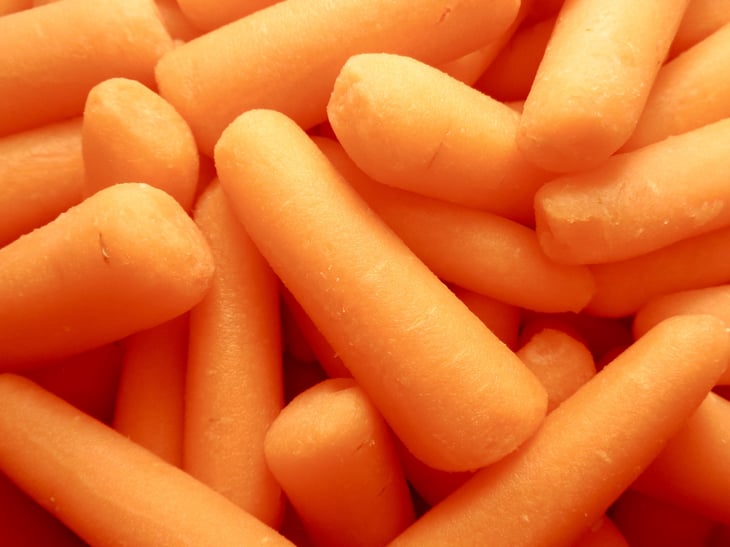
Any time a store does something to a fruit or vegetable before putting it out for sale, you’ll pay up to 40% more to buy it.
So, slice your own melon, cut up your own carrots and make your own salads. It won’t take as long as you think, and the prep work is totally worth the money.
Pro tip: Set aside half an hour after grocery shopping to wash, chop and store enough produce for the next few days.
37. Collectibles
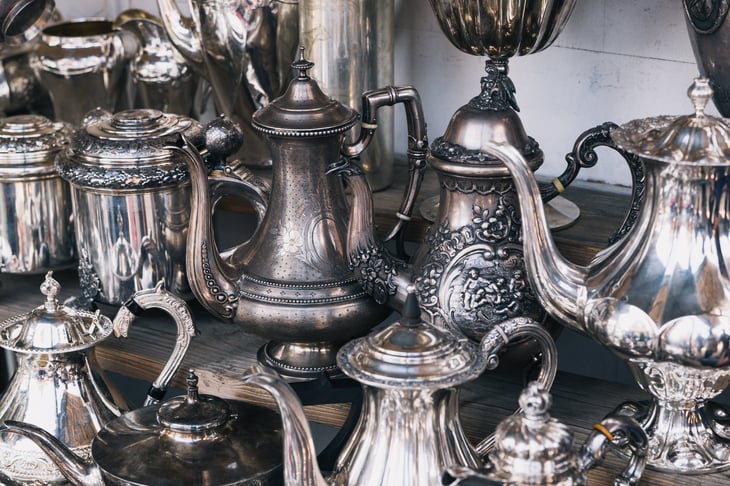
Dolls. Clown figurines. Silver sets. Commemorative mugs. Itty-bitty clay puppies and kittens. A rack full of ceramic thimbles. Keepsake plates of your favorite golfers.
Just because you’ve collected “Buffy the Vampire Slayer” ephemera since you were a teen doesn’t mean you have to keep doing so.
Rethink what you accumulate. Your collection takes up space and costs a bundle. If it’s neither useful nor pleasing, it’s just clutter.
38. Vitamins
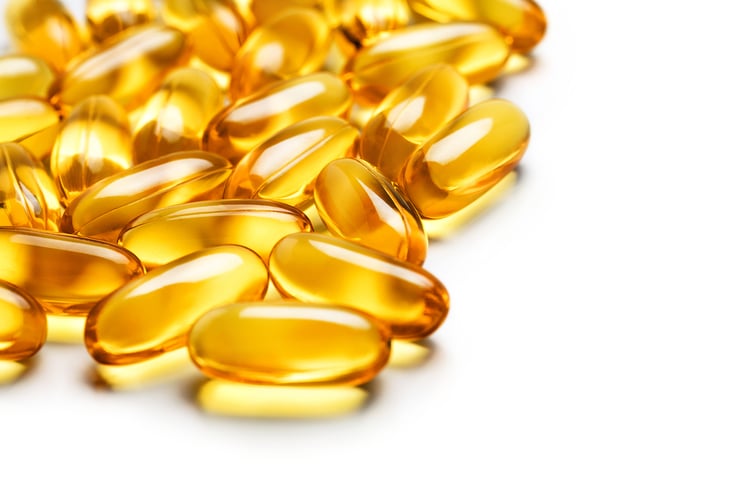
Anyone who is reasonably healthy and eats a wide variety of foods probably doesn’t need multivitamins, according to the Mayo Clinic. In some cases, supplements are called for — pregnant women should take prenatal vitamins, for instance. But talk to your doctor first.
Otherwise, you’re wasting your money.
39. Infused water

Water with vitamins, minerals, flavoring and maybe even “sugar alcohols” can run as much as $3.50 a bottle, according to Cheapism.
However, the website says, “the health claims about nutrient-enhanced water are largely unsubstantiated. The synthetic vitamins probably don’t provide the same benefits as vitamins found in a healthy diet. Plus, many fancy waters contain large amounts of sugar.”
Instead, Cheapism suggests, you should fill up a bottle and tote your own water from home — and if you like, toss in some fresh fruit.
40. Diaper Genie
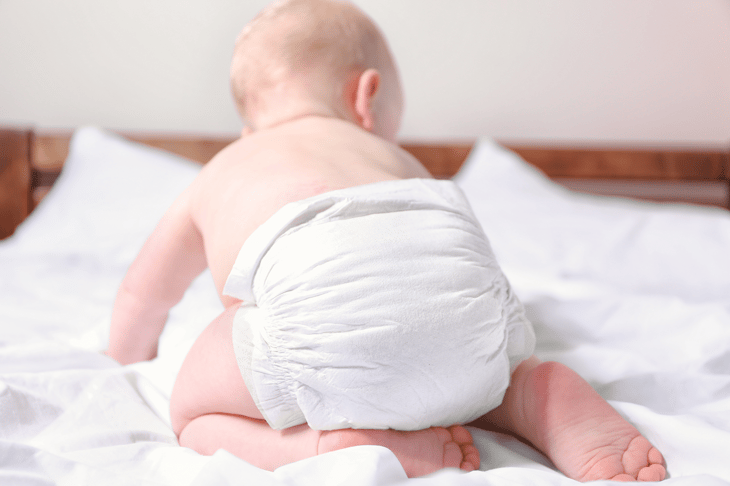
How did parents ever manage before this was invented? Imagine the stench as the pile of filthy disposables grew and grew on the floors of their children’s rooms. Thank heavens the Diaper Genie came along to rid nurseries of the horror of stinky baby butts.
This idea is just so revolutionary! Imagine: a container for dirty didies that has a “foot pedal for easy, hands-free diaper disposal.”
Except that this product already exists. It’s called a trash can.
41. Baby wipe warmers
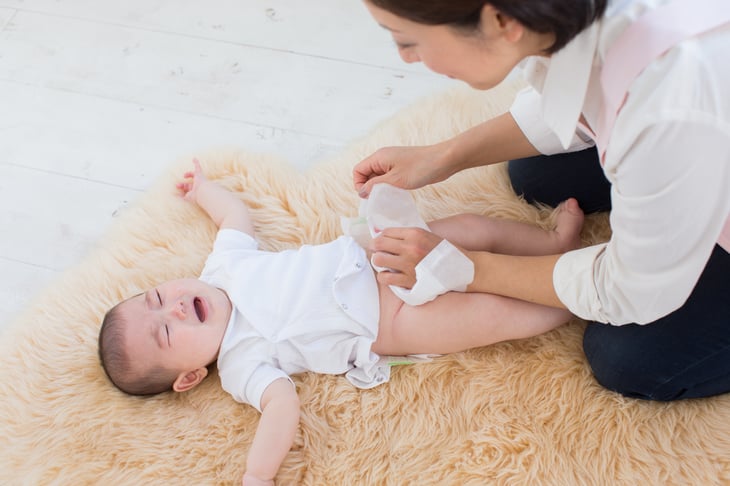
You could pay $50 for a little device designed to keep those wet wipes toasty-warm.
Sure, it’s a bit of a shock to have a cool cloth touch a bare backside. But it takes only a few seconds, folks. Your baby will get over it.
Consider unwarmed wipes an object lesson that’s best learned early: Life is often startling and sometimes downright cold.








Add a Comment
Our Policy: We welcome relevant and respectful comments in order to foster healthy and informative discussions. All other comments may be removed. Comments with links are automatically held for moderation.